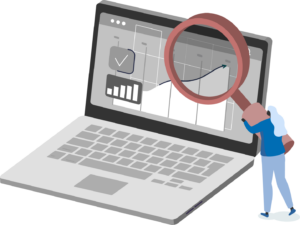If you are a named co-author, this means that you:
Made a significant contribution to the work reported. That could be in the conception, study design, execution, acquisition of data, analysis and interpretation, or in all these areas.
Have drafted or written, substantially revised or critically reviewed the article.
Have agreed on the journal to which the article will be submitted.
Reviewed and agreed on all versions of the article before submission, during revision, the final version accepted for publication, and any significant changes introduced at the proofing stage.
Agree to take responsibility and be accountable for the contents of the article. Share responsibility to resolve any questions raised about the accuracy or integrity of the published work.

Every submission to our medical and health science journals should comply with the International Committee on Medical Journal Ethics’ definition of authorship.
Please include any other form of specific personal contribution in the acknowledgments section of your paper.



